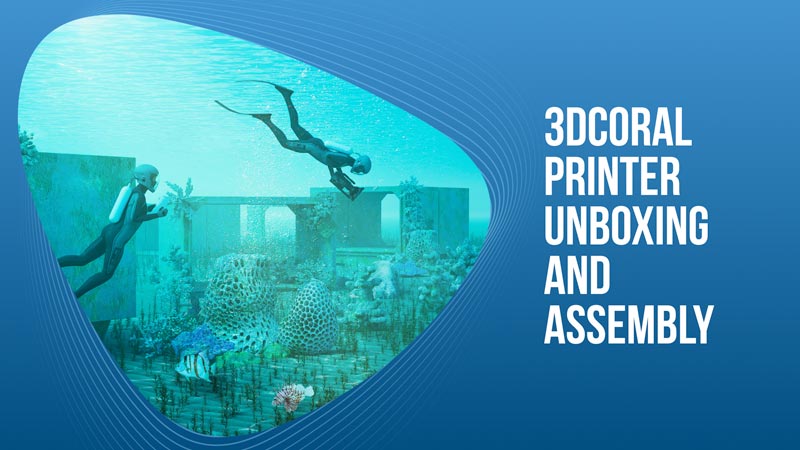
One of the big ambitions that we have is the 3D printed coral project that we are working on. Our goal is to be eco-restorative as much as possible and since coral reefs are sort of like the Amazon of the sea, we knew it was going to be important to us to do our part in restoring them.
Corals are absolutely crucial to marine life and without them, life, as we know it on Earth, would not be the same. One of the biggest struggles that coral have is building their habitats. It can take a very long time and can be a delicate process.
One way that we want to help this progress move along is by 3D printing coral habitats that will allow us to plant coral polyps that will then grow and create reef systems. We will start with small coral gardens and hopefully, they will grow over the years to be great systems that can harbor a lively ecosystem in the ocean.
Most 3D printers use a plastic filament that is heated and then pushed through a nozzle and then turns solid again once it cools. Plastic and corals don’t really go together, and there is already way too much plastic in our oceans. Plastic filaments just aren’t an option for this project so we had to find an alternative – clay.
This video shows the unboxing and assembly of our new 3D printer that is capable of printing with clay instead of plastic filaments. Clay is a naturally occurring substance that won’t harm the ocean. The porous surface is perfect for coral polyps to make into a home. This will allow us to give the polyps a huge head start and a better chance at success.
This system will allow us to plant coral gardens beneath the SeaPods, which will, in turn, attract more marine life and create a lively ecosystem. We can also use this technology to plant corals in places where they are struggling naturally. We aren’t confined to the areas of the SeaPods so we hope that this idea will help to restore coral populations all around the world.
We are very excited about this project and we can’t wait to get to work planting these corals, alongside our partner PanaSea to bring the oceans back to life!














